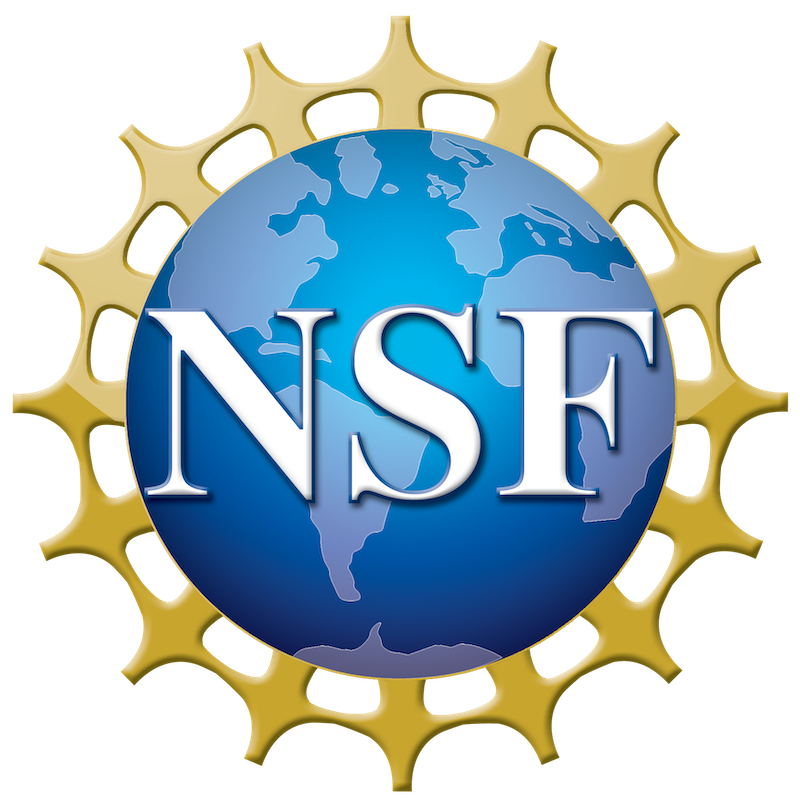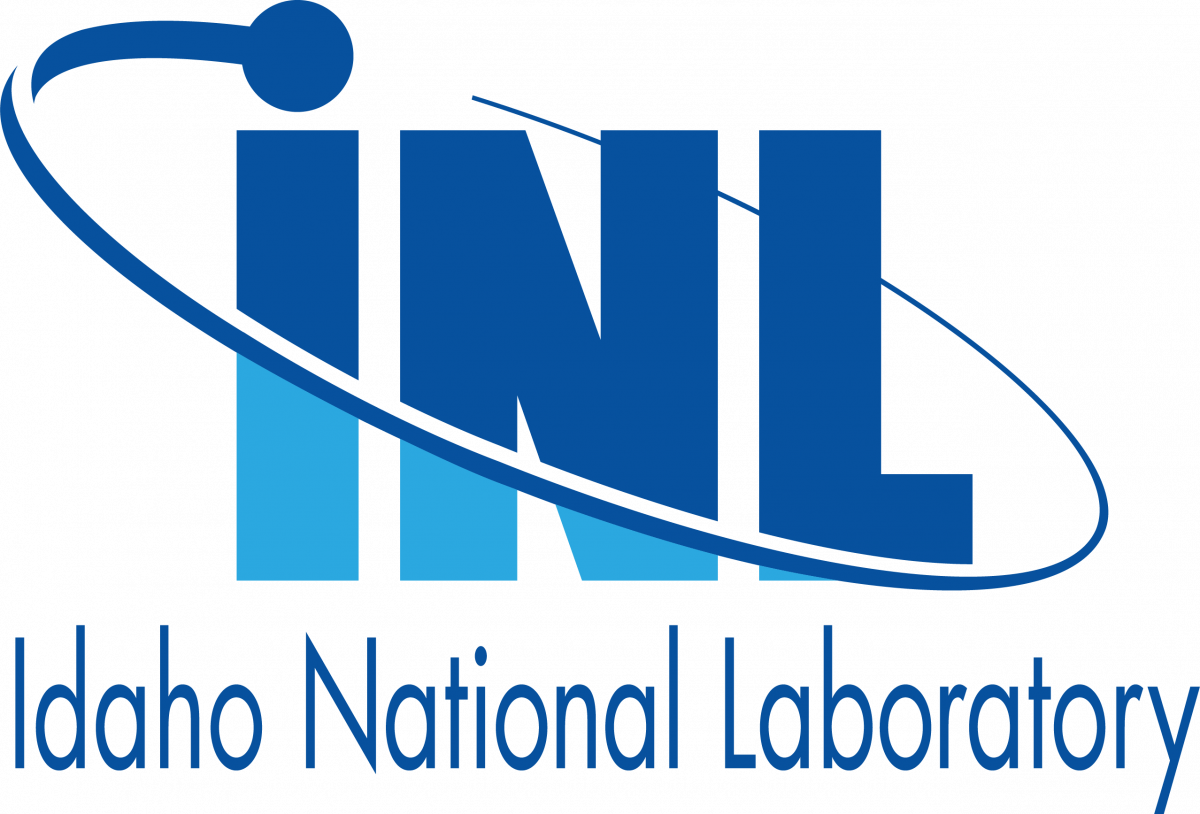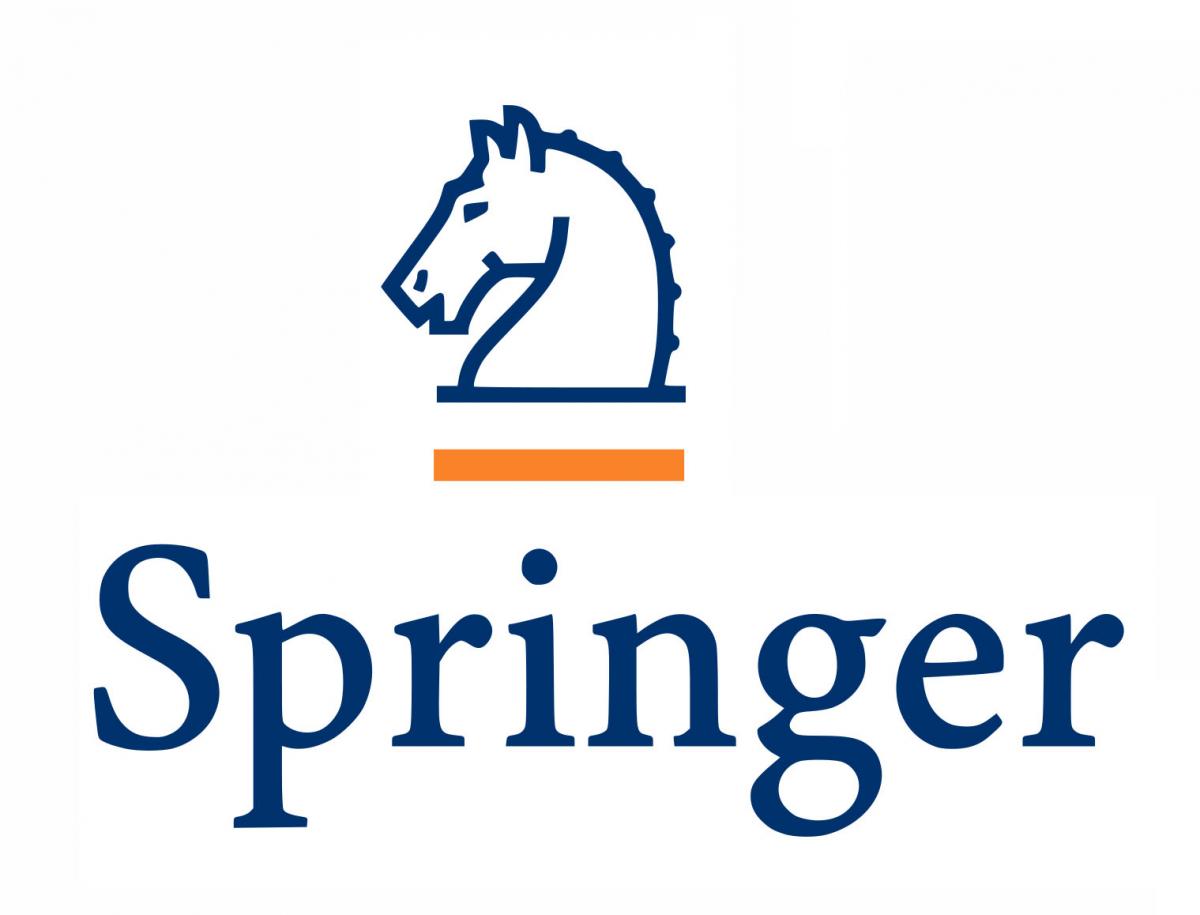Debanjan Mukherjee, University of Colorado Boulder
Adarsh Krishnamurthy, Iowa State University
Ming-Chen Hsu, Iowa State University
Computational modeling and simulation based approaches in cardiovascular biomechanics and biomedicine have seen rapid progress in recent years. Computational approaches provide a non-invasive modality for understanding the underlying mechanics of cardiovascular diseases, as well as guiding device design and treatment planning. The future of computational cardiovascular biomechanics lies in patient-specific simulation of real disease events, enabling simulation assisted diagnostics, device design and deployment, and treatment planning decisions. The primary challenge in this regard is that patient-specific phenomena involve the synergistic interplay of multiple underlying physical, mechanical, and chemical processes, coupled to each other across several spatial and temporal scales. Concurrently, the availability of high-resolution imaging and clinical data, and recent innovations in data-driven models and artificial intelligence, have enabled new avenues for advancing patient-specific predictive models of cardiovascular phenomena. Together, multiphysics and data-driven modeling have thus slowly emerged as a new frontier in high-fidelity modeling of cardiovascular systems, aiming to resolve physiological and pathological phenomena in real patient-specific scenarios. Advancements in this field calls for inter-disciplinary research efforts that go beyond current multiscale computational mechanics approaches in cardiovascular biomechanics.
This minisymposium will bring together scientists working across various domains to provide a platform for discussing the state-of-the-art and future directions in multiphysics, multiscale, and data-driven modeling of cardiovascular systems. Fundamental and applied contributions from a wide range of topics focusing on theoretical and computational approaches for cardiovascular phenomena will be discussed. The term multiphysics in this context refers to coupled physical interactions including not only fundamental fluid and solid mechanics, but also multiscale transport phenomena, biological growth and remodeling, electrophysiology, biochemical interactions including drug delivery and other related aspects. Data-driven approaches include artificial intelligence, machine learning, data-augmented models, image analytics, uncertainty quantification, and related techniques. Topics include (but are not restricted to):
- Coupled multiphysics models for cardiac mechanics.
- Multiphysics and multiscale models for vascular biology and biomechanics – arterial and venous systems.
- Patient-specific multiphysics modeling of cardiovascular diseases like stroke, aneurysm, thrombosis, atherosclerosis, embolisms.
- Numerical methods and algorithms for multiphysics coupling – staggered and monolithic approaches; mesh-based, mesh-free, and particle-based methods.
- Artificial intelligence and machine learning in models for cardiovascular phenomena.
- Assimilation of experimental data into multiphysics models.
- Integration of cardiovascular imaging into multiphysics models.
- Applications in cardiovascular medical and surgical treatments for patients.
- Applications in design, deployment, and operation of medical devices in vivo.
- Thrombotic/embolic risk assessment for biomedical devices and mechanically assisted circulation.
- Computational tools, specialized software, and databases for cardiovascular simulations.











